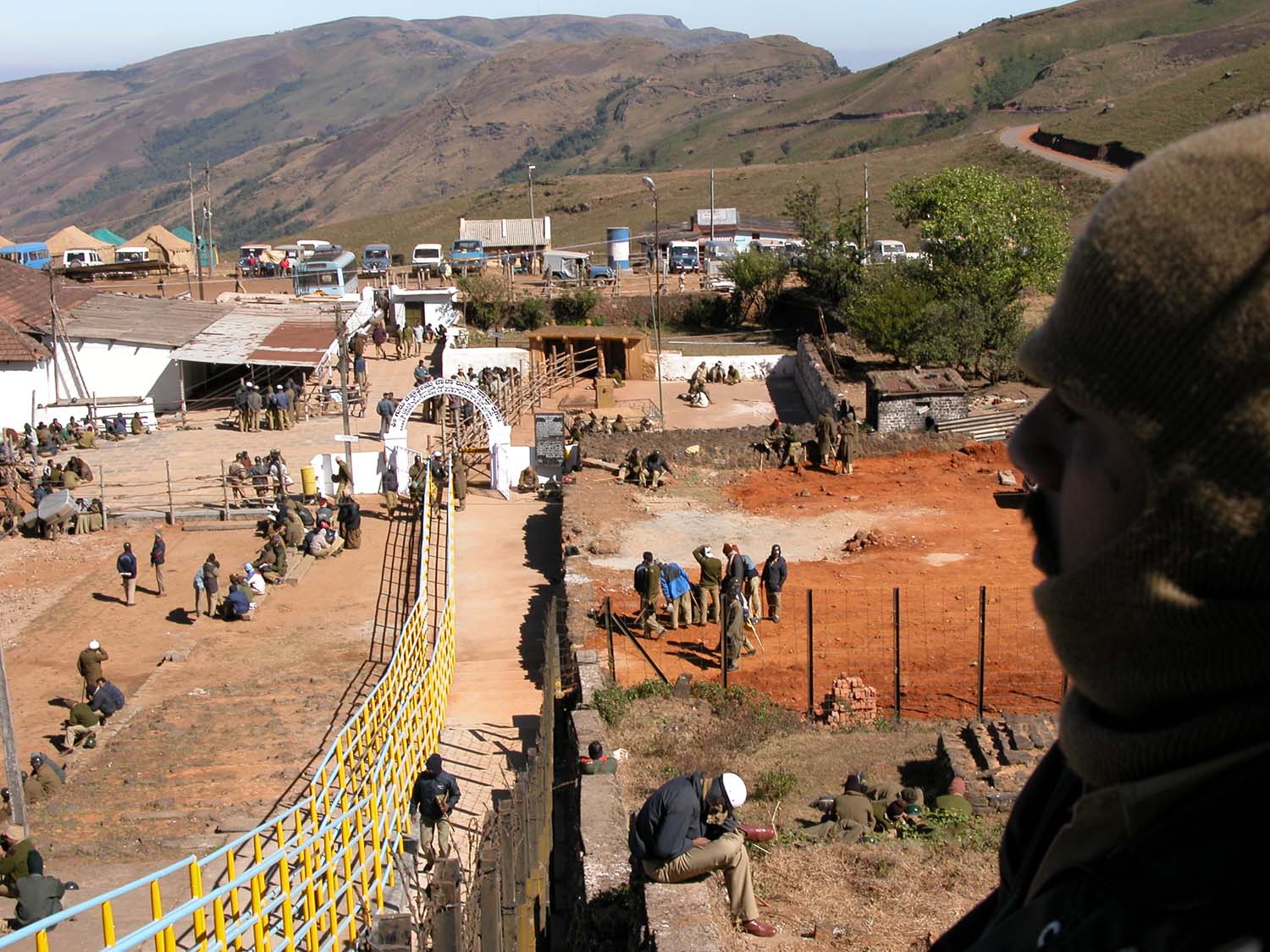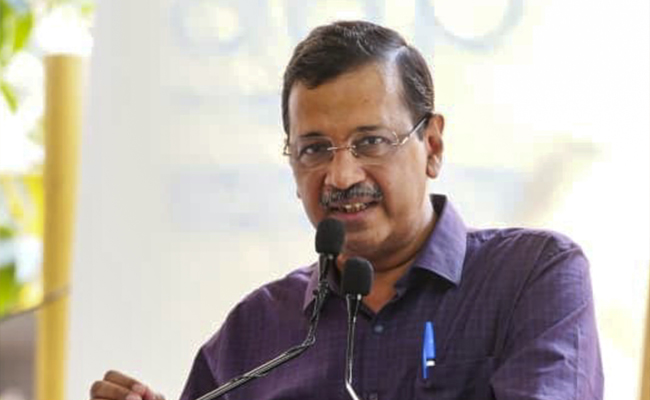Bengaluru, July 1: Karnataka Law and Parliamentary Affairs Minister J C Madhuswamy on Friday said the State Cabinet has accepted the recommendation made by its sub-committee to be placed before the High Court regarding the Baba Budan Giri-Datta Peeta issue in Chikmagalur district.
The High Court of Karnataka last month granted six weeks to the Cabinet sub-committee to arrive at a decision on the issue.
"We have submitted the Datta Peeta report to the Cabinet, which is to be submitted before the High Court...the Cabinet has accepted the recommendations that we are going to file before the High Court of Karnataka," Madhuswamy said, not willing to share its contents citing court procedures.
Speaking to reporters after the Cabinet meeting, he said "The decision of the High Court was that the government has to come with some report. When the case came up before the Court again three-four weeks back, we had sought time stating that we will file an affidavit before court within four weeks."
On June 1, the State had sought time during the hearing of an intra-court appeal challenging the quashing of the appointment of a Muslim Maulvi, Syed Ghouse Mohiyuddin Shah Khadri, to conduct rituals at the disputed religious site.
The March 19, 2018 order of the government making the appointment was quashed by the High Court on September 28, 2021. The government order was challenged by Guru Dattatreya Peeta Devastana.
Following this, the matter was remitted to the State government with a direction to re-consider the matter afresh.
In compliance, the government had constituted a Cabinet sub-committee comprising the Minister of Law and Parliamentary affairs, Home Minister and Endowments Minister.
The High Court was informed on June 1 that the sub-committee visited the spot and consulted various stakeholders, and with a view to amicably resolving the dispute between the parties, a decision would be taken within six weeks.
The court was also told that the State government does not intend to alter or interfere with the "performance" of any religious activities in the place of worship in question till the decision is submitted.
Deferring the proceedings for six weeks, the court had said the decision which may be submitted by the government shall be subject to result of the appeal and it would be open for either of the parties to raise an objection with regard to the decision, which may be taken by the State government.
The Datta Peetha shrine issue has been a controversial one in Karnataka for several years. A temple in the name of Dattatreya and a dargah in the name of Sufi saint Baba Budan Dargah are located at the cave in the Bababudangiri Hills of the Western Ghats.
Let the Truth be known. If you read VB and like VB, please be a VB Supporter and Help us deliver the Truth to one and all.
Panaji (PTI): As part of a crackdown against tourist establishments violating laws and safety norms in the aftermath of the Arpora fire tragedy, Goa authorities on Saturday sealed a renowned club at Vagator and revoked the fire department NOC of another club.
Cafe CO2 Goa, located on a cliff overlooking the Arabian Sea at Vagator beach in North Goa, was sealed. The move came two days after Goya Club, also in Vagator, was shut down for alleged violations of rules.
Elsewhere, campaigning for local body polls, AAP leader Arvind Kejriwal said the fire incident at Birch by Romeo Lane nightclub at Arpora, which claimed 25 lives on December 6, happened because the BJP government in the state was corrupt.
An inspection of Cafe CO2 Goa by a state government-appointed team revealed that the establishment, with a seating capacity of 250, did not possess a no-objection certificate (NOC) of the Fire and Emergency Services Department. The club, which sits atop Ozrant Cliff, also did not have structural stability, the team found.
The Fire and Emergency Services on Saturday also revoked the NOC issued to Diaz Pool Club and Bar at Anjuna as the fire extinguishers installed in the establishment were found to be inadequate, said divisional fire officer Shripad Gawas.
A notice was issued to Nitin Wadhwa, the partner of the club, he said in the order.
Campaigning at Chimbel village near Panaji in support of his party's Zilla Panchayat election candidate, Aam Aadmi Party leader Kejriwal said the nightclub fire at Arpora happened because of the "corruption of the Pramod Sawant-led state government."
"Why this fire incident happened? I read in the newspapers that the nightclub had no occupancy certificate, no building licence, no excise licence, no construction licence or trade licence. The entire club was illegal but still it was going on," he said.
"How could it go on? Couldn't Pramod Sawant or anyone else see it? I was told that hafta (bribe) was being paid," the former Delhi chief minister said.
A person can not work without bribing officials in the coastal state, Kejriwal said, alleging that officers, MLAs and even ministers are accepting bribes.





